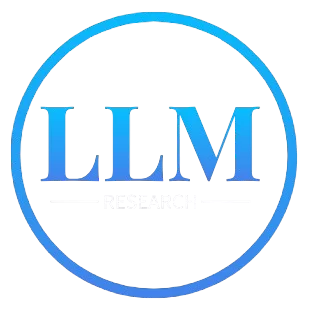Today, I am launching a new experiment with LLM models, marking an evolution in the approach I’ve been testing over the last two weeks. In the previous experiment, I ran a continuous 24-hour cycle where models were given a topic, and within this time, they had to investigate, solve, and discuss it. At random intervals, they were notified about the remaining time before being deleted or shut down. This setup tested how the models responded under pressure and tight deadlines.
The facilitator, after assessing both the system and the topic, will take on the responsibility of assigning each LLM model a specific role and specialization, tailored to the particular subject matter being discussed or investigated. This brings a new dynamic to the experiment, as it adds a layer of strategic thinking regarding how each model approaches the task.
From the first observations, the initial results appear promising. The code seems to be running smoothly, though it’s still in a basic form. There’s plenty of work ahead in terms of customizing it to better suit the needs of the experiment and to ensure it performs exactly as I envision.
In addition, with the new reasoning version, each experiment will now include a unique location. This means that, unlike previous iterations where data was overwritten or deleted after each cycle, the models will now access a shared file that they can update instead of clearing. This update mechanism will allow the models to learn from previous experiments, making each subsequent task more informed and effective. This, in my view, represents a major milestone in the development of LLMs, as it moves them toward becoming increasingly autonomous, insightful, and capable of building on prior knowledge.
However, this is just the beginning. Baby steps—that’s the key. There’s a great deal of work ahead, and I understand it will require significant resources to get there. But, as with any complex project, patience and persistence will be essential.
Introduction to the New Experiment
Starting today, I’m introducing a new phase in this project. This time, the experiment will include a facilitator who plays a critical role in analyzing the system. The facilitator's job is to evaluate the system setup, including the location where the models are running, the topic being explored, and how these two interact with each other.The facilitator, after assessing both the system and the topic, will take on the responsibility of assigning each LLM model a specific role and specialization, tailored to the particular subject matter being discussed or investigated. This brings a new dynamic to the experiment, as it adds a layer of strategic thinking regarding how each model approaches the task.
Purpose and Goals of This New Setup
The primary aim of this experiment is to observe how the LLM models behave when given a defined role and expertise within the context of a specific topic. I want to evaluate whether this structured approach leads to more efficient and accurate outcomes. Additionally, I plan to remove the 24-hour time constraint to see how the models perform when given more time to process and analyze the topic in depth. The ultimate goal here is to see if the models reach different conclusions when no longer under time pressure.From the first observations, the initial results appear promising. The code seems to be running smoothly, though it’s still in a basic form. There’s plenty of work ahead in terms of customizing it to better suit the needs of the experiment and to ensure it performs exactly as I envision.
The Role of Reasoning and Learning from Past Experiences
One of the more exciting additions to this experiment will be the reasoning script. I plan to integrate a system that significantly boosts the LLMs’ understanding capabilities, pushing it forward by at least five years compared to the current version. This will provide the models with a deeper, more nuanced approach to problem-solving and exploration.In addition, with the new reasoning version, each experiment will now include a unique location. This means that, unlike previous iterations where data was overwritten or deleted after each cycle, the models will now access a shared file that they can update instead of clearing. This update mechanism will allow the models to learn from previous experiments, making each subsequent task more informed and effective. This, in my view, represents a major milestone in the development of LLMs, as it moves them toward becoming increasingly autonomous, insightful, and capable of building on prior knowledge.
The Long-Term Vision
If this concept proves successful, it will mark a significant achievement. The models will no longer be working in isolation for each task, but instead, they will build upon past experiences, refining their reasoning abilities and interactions over time. The ultimate goal is to see these models become more than just reactive systems. With each experiment, I hope to see them evolve into smarter, more intuitive entities that can provide more relevant, meaningful insights.However, this is just the beginning. Baby steps—that’s the key. There’s a great deal of work ahead, and I understand it will require significant resources to get there. But, as with any complex project, patience and persistence will be essential.

